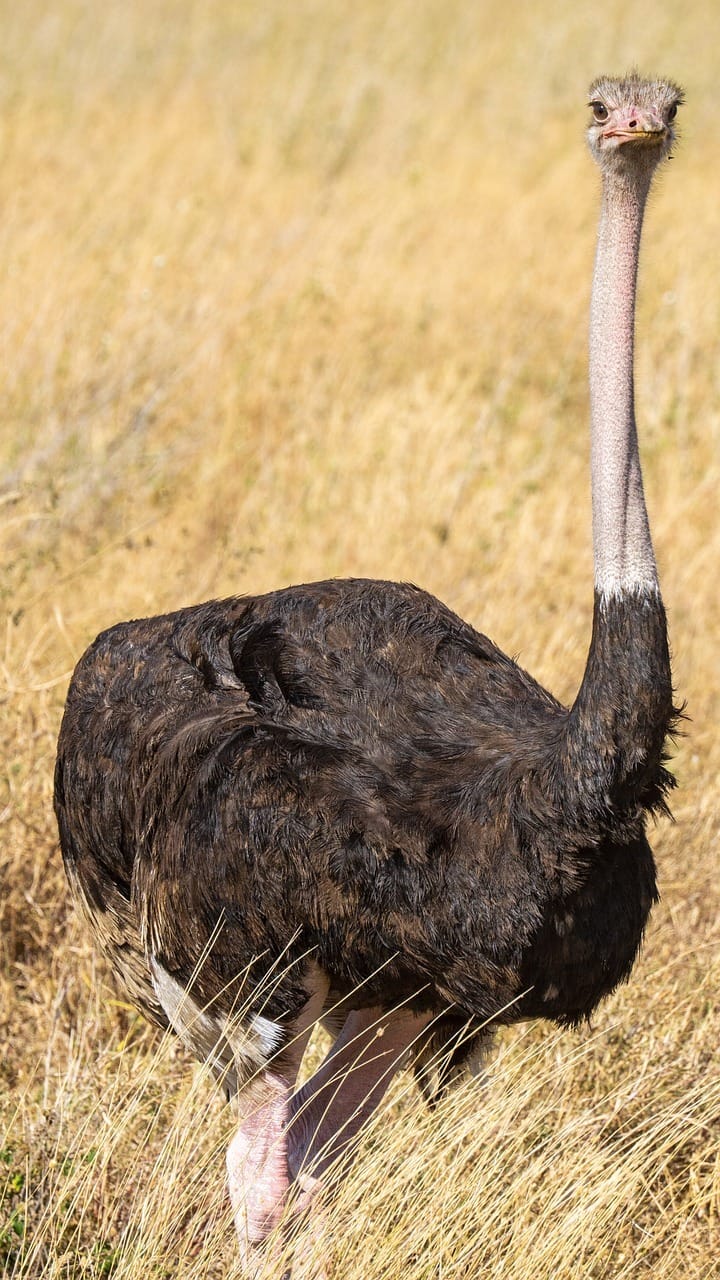Tanzania wildlife is among the most iconic and biodiverse in Africa. Home to the legendary Serengeti, the Ngorongoro Crater, and many more protected ecosystems, this East African country offers safari-goers the chance to encounter the Big Five and dozens of other species in their natural habitats.
In this guide, we’ll explore the unique animals found in Tanzania, the best national parks for wildlife viewing, and the ideal time to visit.
Here’s a closer look at what makes Tanzania’s wildlife so special, and why a safari with Future African Safari promises an unforgettable adventure.

1. Home to the Big Five
Tanzania is home to the iconic “Big Five”—the lion, leopard, elephant, buffalo, and rhinoceros. These majestic animals are a major draw for safari enthusiasts around the world.
- Lions roam the vast savannas, particularly in the Serengeti and Ngorongoro Crater, where they can often be seen lounging in the sun or hunting in prides.
- Leopards are more elusive but can be spotted in tree branches or stalking their prey in the undergrowth.
- Elephants are a symbol of Tanzania’s natural beauty. The country has some of the largest elephant populations in Africa, especially in Tarangire National Park.
- Buffaloes roam in large herds, creating impressive spectacles. These hardy creatures are often seen near watering holes in the dry season.
- Rhinos, though rare and endangered, can still be found in protected areas like Ngorongoro Crater, offering a chance to witness one of the planet’s most elusive creatures.
2. The Great Migration
Tanzania is the heart of the Great Migration, one of the most spectacular wildlife events on Earth. Each year, over 1.5 million wildebeest, accompanied by hundreds of thousands of zebras and gazelles, journey across the Serengeti in search of fresh grazing land. This massive migration is a dramatic display of nature’s cycles, where predators like lions, cheetahs, and crocodiles lurk, awaiting an opportunity to hunt.
The timing and location of the migration vary, but Future African Safari can guide you to the best spots for witnessing this awe-inspiring spectacle.
3. Diverse Ecosystems
Tanzania’s wildlife is spread across a variety of ecosystems, each offering unique opportunities to see different species in their natural habitats.
- The Serengeti is a vast, open plain that is home to a massive concentration of wildlife, including giraffes, cheetahs, hyenas, and more. Its famous savannah landscapes make it one of the best places for safaris.
- Ngorongoro Crater is a natural wonder, often called the “Garden of Eden.” This volcanic caldera is teeming with wildlife, including black rhinos, flamingos, and herds of zebra and wildebeest.
- Tarangire National Park is famous for its elephant herds, as well as its diverse birdlife. The park’s iconic baobab trees provide the perfect backdrop for photography.
- Lake Manyara offers incredible birdwatching opportunities, including large populations of flamingos, and is also home to tree-climbing lions, which are rare and often seen lounging in the branches.
4. Rich Birdlife
Tanzania is a paradise for birdwatchers, with over 1,100 species of birds. From the flamingos of Lake Manyara to the raptors of the Serengeti, the country offers an incredible variety of bird species.
- Flamingos are most commonly found in large numbers at Lake Natron and Lake Manyara, where they form massive colonies along the shores.
- Raptors such as the African Fish Eagle and the Martial Eagle are often spotted in Tanzania’s national parks, perched high above or soaring over the plains.
- Endemic Species: Tanzania is also home to several endemic bird species like the Usambara Eagle Owl, which can only be found in the country’s rainforests.
5. Primate Species
Tanzania is one of the few places in Africa where you can observe wild primates in their natural habitat. The most famous of these are the Gorillas in the Gombe National Park, as well as Colobus monkeys and Vervet monkeys, which are commonly spotted in the forests of the Serengeti and other regions.
- Chimpanzees can be tracked in the Gombe and Mahale Mountains National Parks, where you can observe their complex social behavior and interactions.
- Colobus monkeys are a rare sight in many parts of Tanzania, particularly in the forests of the Ngorongoro Conservation Area.
6. Unique Mammal Species
Tanzania also hosts some unique and rare mammal species, which are a delight for wildlife lovers:
- Cheetahs are often seen in the Serengeti, where their speed and agility help them hunt gazelles and other fast-moving prey.
- Hippopotamuses are commonly found in lakes and rivers, particularly in the Serengeti, Ngorongoro, and Selous Game Reserve.
- Wild Dogs are one of the most endangered species in Africa, but Tanzania’s Selous Game Reserve and Ruinsori National Park offer one of the last strongholds for these highly social predators.
7. Conservation Efforts
Tanzania is dedicated to preserving its incredible biodiversity. National parks, game reserves, and conservation areas play a vital role in the protection of endangered species and their habitats.
The Ngorongoro Crater is one of the world’s most successful conservation areas, providing a sanctuary for black rhinos. The Serengeti’s conservation programs also focus on protecting migratory routes and controlling poaching, ensuring that future generations can experience the same natural wonders.
Conclusion
Tanzania’s wildlife is as diverse and extraordinary as the landscapes they inhabit. From the iconic Big Five to the dramatic Great Migration, the country offers a safari experience like no other. With Future African Safari, you can explore these wildlife wonders with expert guides who know where and when to find the best animal sightings. Whether you’re a nature enthusiast, a keen photographer, or simply looking to experience Africa’s wild beauty, Tanzania’s unique wildlife is waiting for you to discover it.
Ready for your safari adventure? Let us take you there!

